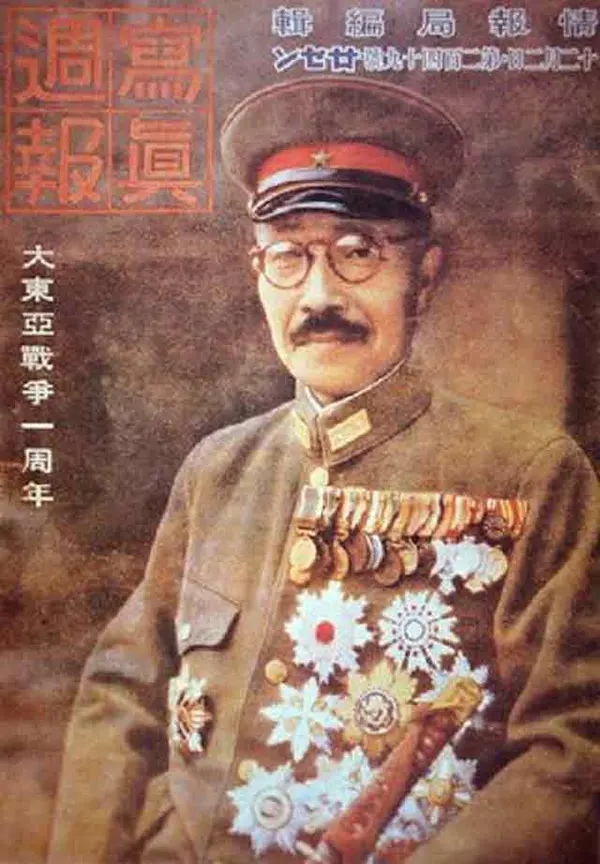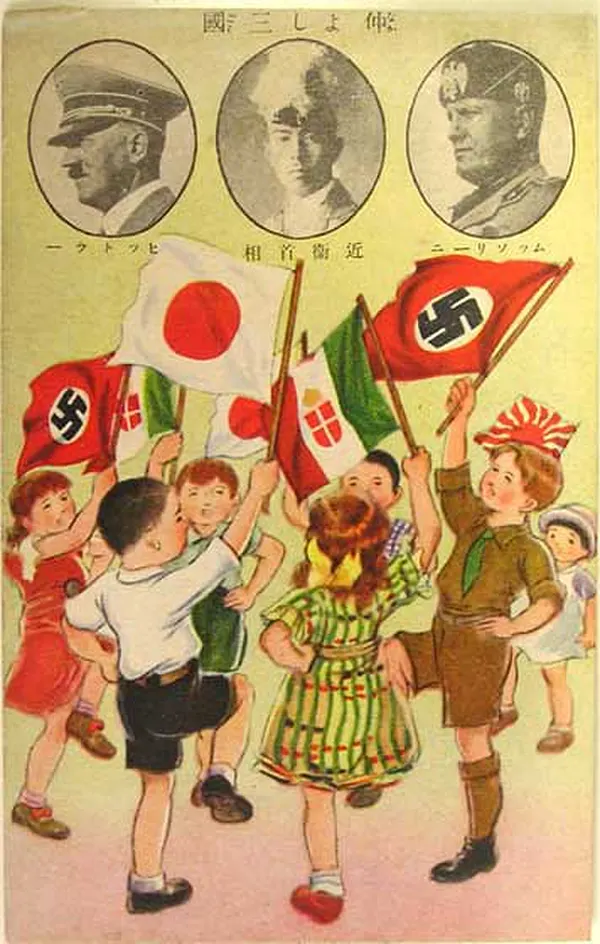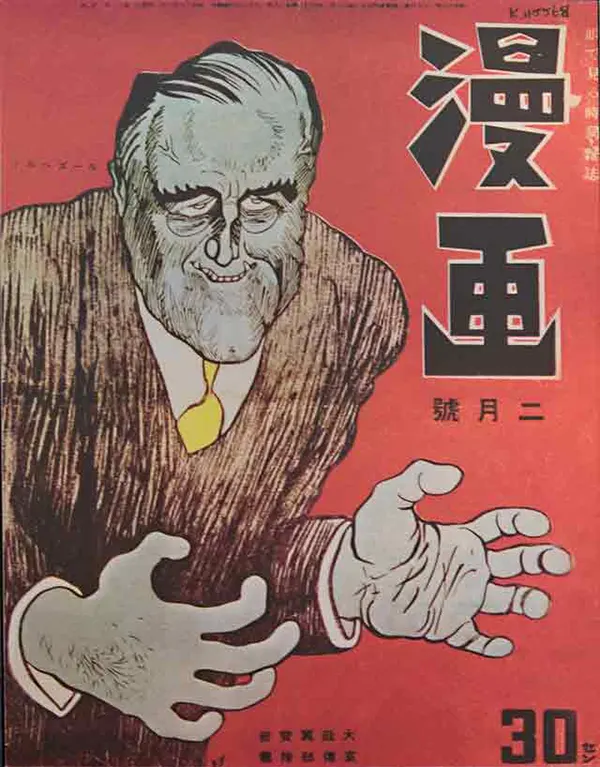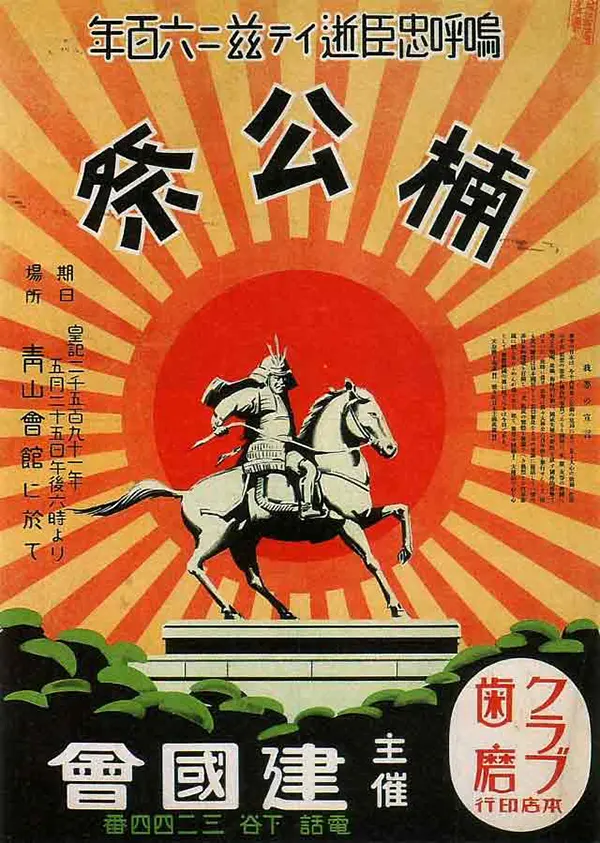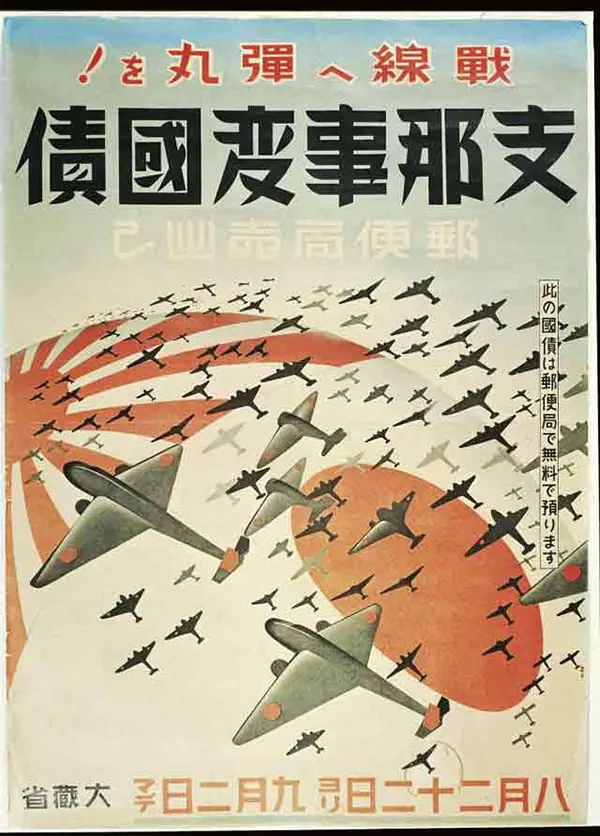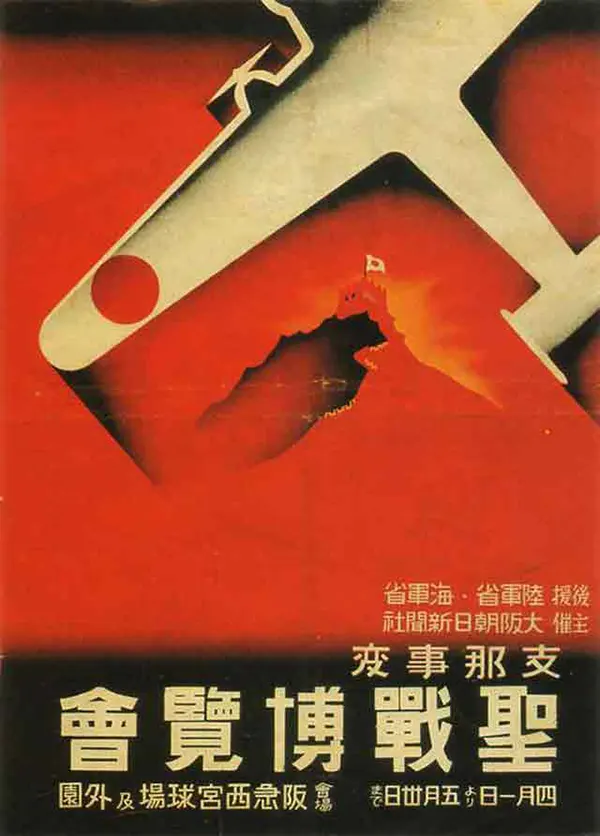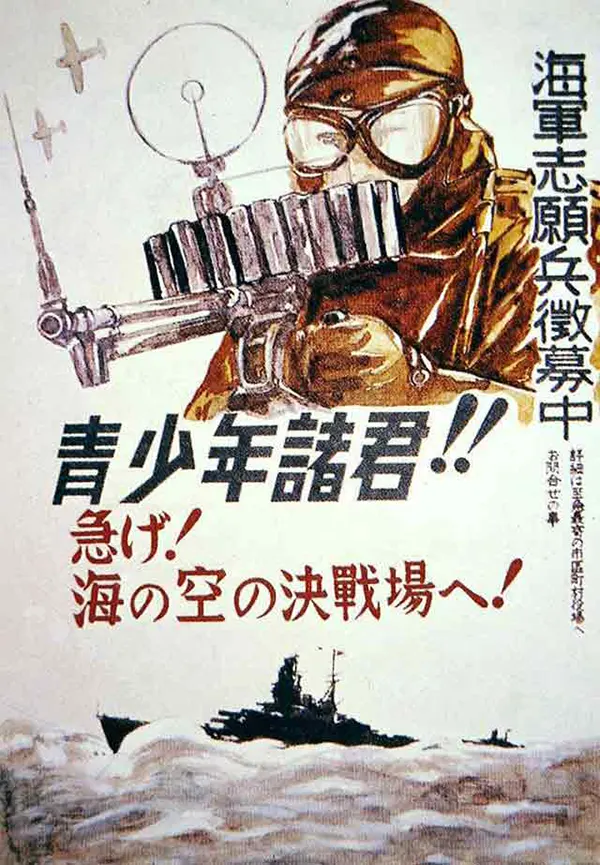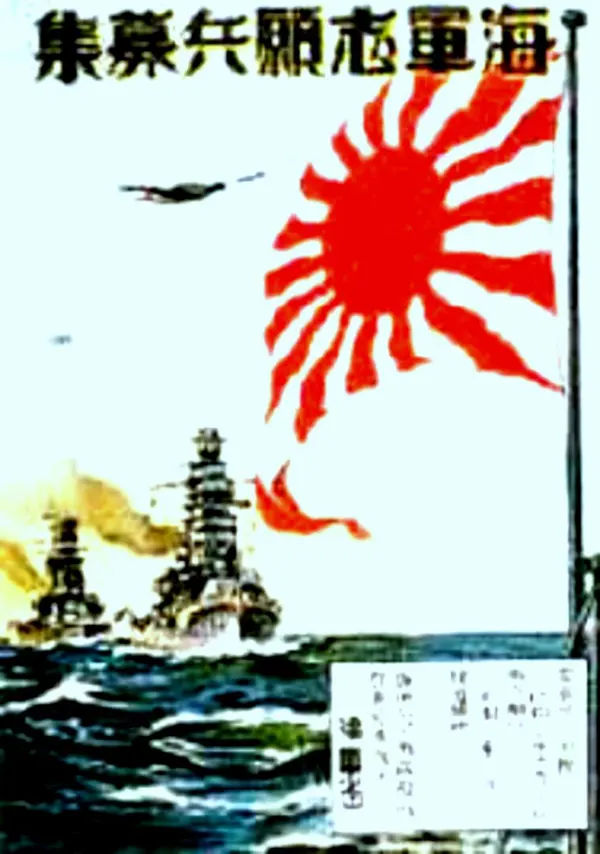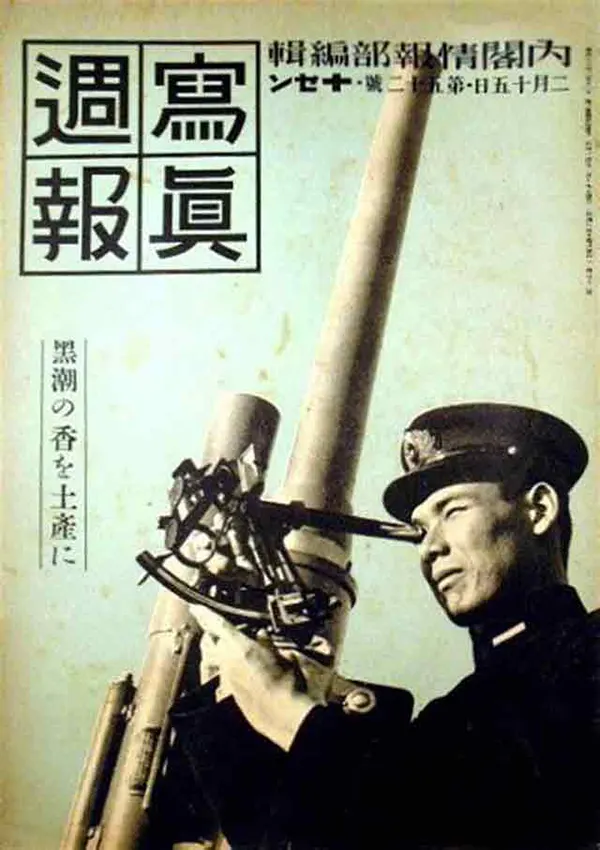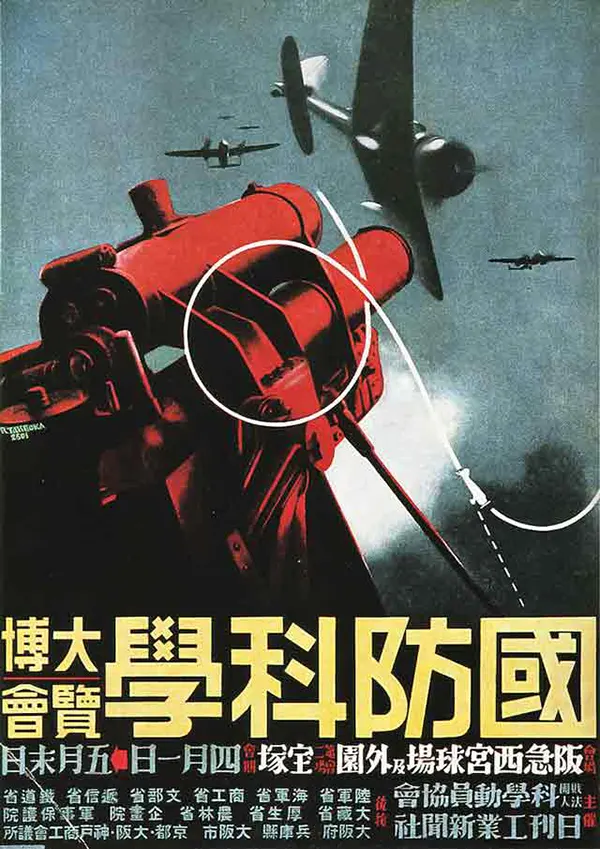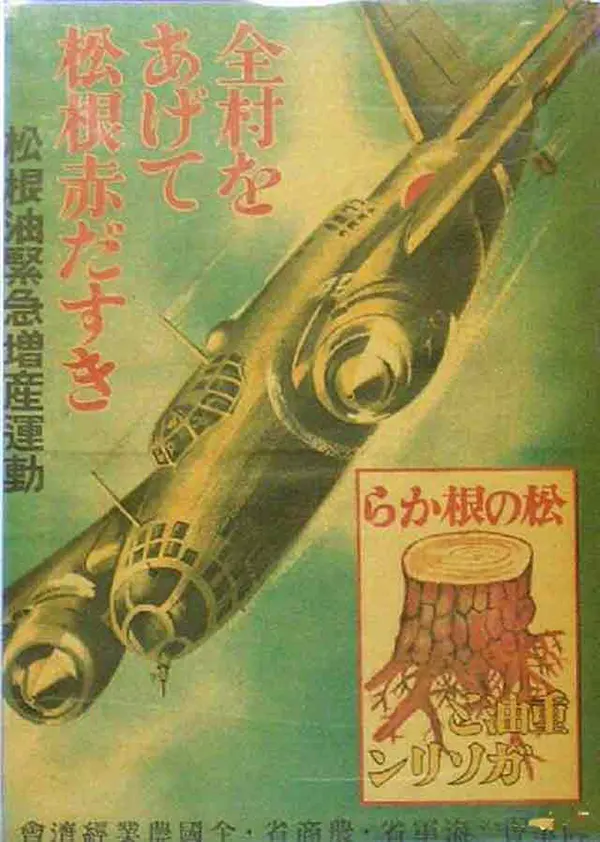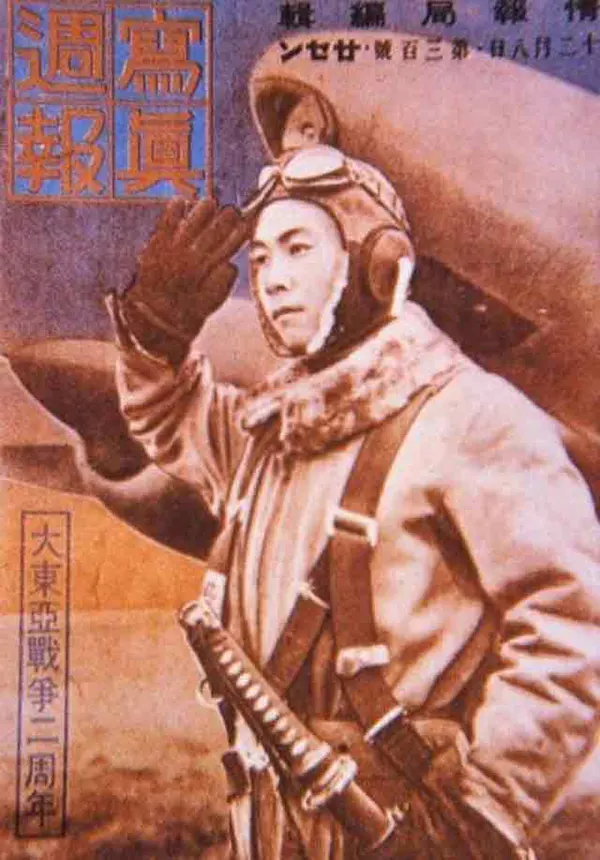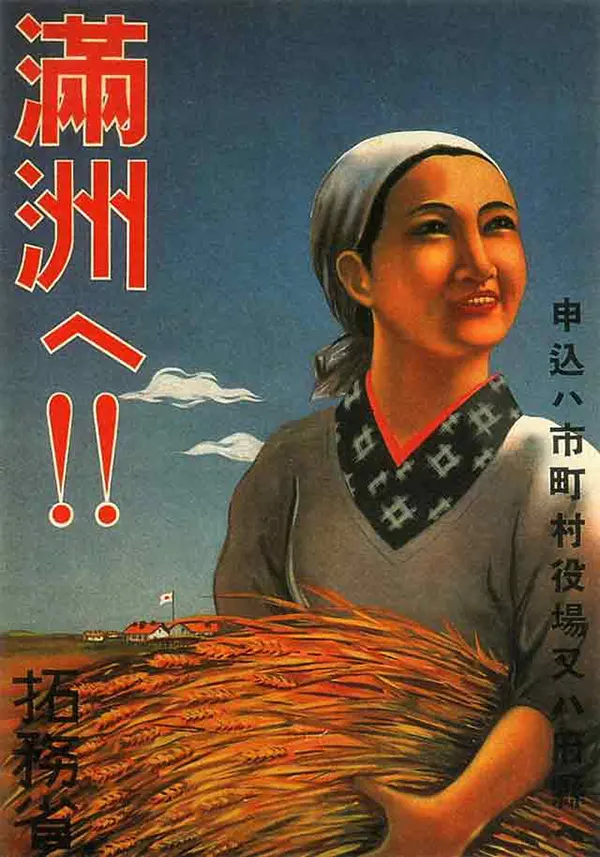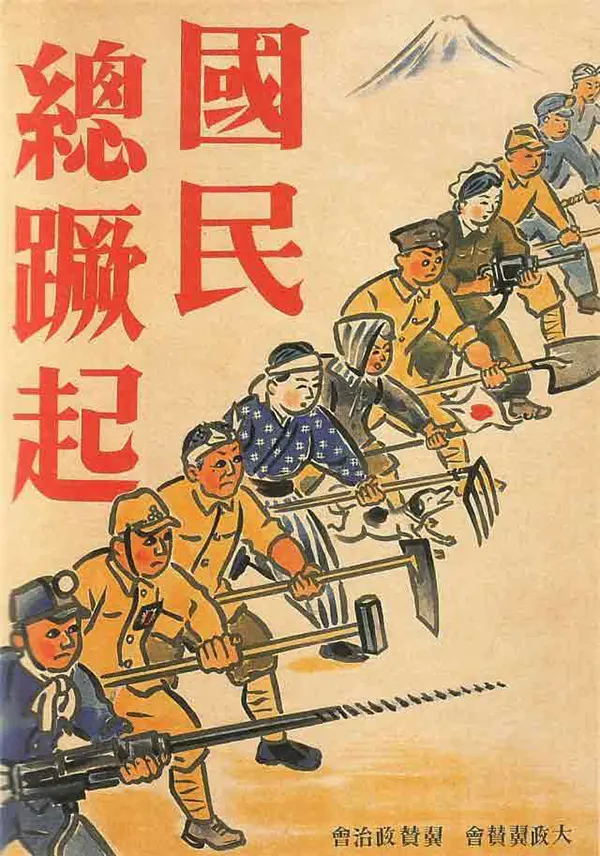During World War II, propaganda posters played a crucial role in shaping public opinion and morale. Countries around the world used these posters to encourage support for their war efforts. Japan’s approach to propaganda was distinct and fascinating. Their posters were not just tools of persuasion; they were works of art that conveyed deep messages about national pride and unity.
The Artistic Quality of Japanese Posters
Japanese propaganda posters are notable for their artistic quality. The designs often featured bold colors and striking images. Many posters borrowed from traditional Japanese art styles, blending them with modern graphic techniques. This combination made the posters visually appealing and engaging. Artists took great care in creating these images, knowing they needed to capture the attention of the public quickly.
The use of symbolism was common in these artworks. Many posters included images of the rising sun, which is a powerful symbol in Japan. The rising sun represents hope, renewal, and the nation itself. This imagery helped to instill a sense of pride and motivation among the viewers.
Read more
Emphasis on National Pride
Unlike propaganda from other nations, Japanese posters did not typically urge men to enlist or encourage people to adopt certain behaviors. Instead, they focused on themes of national pride and commitment. The Japanese government believed that their citizens were already devoted to the war effort. This belief stemmed from Japan’s strong cultural identity and unity.
The posters often depicted the Japanese people as heroic figures. Many images featured ordinary citizens portrayed as warriors, inspired by the legendary Samurai. This connection to historical warriors served to inspire a sense of bravery and honor. The portrayal of the populace as strong and capable reinforced the idea that everyone had a role in supporting the nation.
The Absence of Emperor Hirohito
One unique aspect of Japanese propaganda was the absence of Emperor Hirohito in the posters. The Emperor was considered a divine figure, which made it inappropriate to represent him in a casual or crude manner. This absence is significant when compared to the propaganda in other countries, where leaders like Stalin and Hitler were prominently featured.
Instead of focusing on the Emperor, Japanese propaganda often highlighted General Hideki Tojo, who was the Prime Minister and a leading military figure. Tojo’s image was used to rally support and showcase leadership. This decision reflected a different approach to representing authority and leadership during the war.
Unity with Allies
Another crucial theme in Japanese propaganda posters was the importance of unity with allies. The posters sometimes included images of Emperor Hirohito alongside the leaders of Japan’s allies, such as Germany and Italy. This was done to emphasize strength and solidarity in the face of a common enemy.
The inclusion of allied leaders helped convey a message of collaboration and mutual support. It reminded the Japanese people that they were part of a larger effort. This theme of unity was vital in maintaining morale and encouraging the public to remain steadfast in their support of the war.
Showcasing Military Strength
Japanese propaganda also focused heavily on showcasing the nation’s military achievements. The Imperial Navy and Air Force were often highlighted in these posters. Images of battleships, airplanes, and soldiers in action were common. These depictions served to instill pride in Japan’s technological advancements and military prowess.
The portrayal of military strength was not just about showcasing power; it also aimed to inspire confidence among the citizens. The posters encouraged people to believe in their country’s ability to succeed in the war. This sense of confidence was crucial in maintaining public support during difficult times.


